#young lords
Photo

At this time, hospital conditions were bad and people didn’t have access to their own records and didn’t have the right to be treated well. So, the second success, another important thing, is the Patient’s Bill of Rights, which is the 10 points that you find in hospital rooms. The Patient’s Bill of Rights was actually the result of a collaboration between members of the Young Lords and the Black Panther Party, with the assistance of the doctors, and written by me. Although it is considerably watered down now, you still find that Patient’s Bill of Rights on the wall of every hospital. It’s not as radical as the original . . . but still includes some of the issues we highlighted, such as the ability to have access to your medical records. The ability to be treated like a human being, not to have research done on you unless you give your consent. All those things are really important.

A third important thing is the Lincoln Hospital drug detoxification program, which still is in existence today. We started that program. It was established by Panama [Vicente “Panama” Alba] and Butch [Ford, a Bronx activist who had run a detox program in his home] with the support of the Young Lords, the Black Panthers, and the radical doctors. It’s still in existence today, of course, but considerably watered down by the people who are running it now. But it wouldn’t have been there without our struggle.

Several key NY Black Panther Party members played a prominent role in leading these initiatives; including Michael Tabor who identified the link between fighting drug addiction and revolution, Zayd Shakur who spearheaded the occupation of Lincoln Hospital, Assata Shakur and Joan Bird who used their positions as nurses to improve access to healthcare for the people, Cleo Silvers who drafted the Patient’s Bill of Rights, Curtis Powell’s work in acupuncture and drug treatment, and Dr. Mutulu Shakur’s establishment of a multiracial drug treatment clinic

Another Panther member involved in the health activism initiatives and the drafting of a Patient’s Bill of Rights was Afeni Shakur
#black panthers#dear mama#kemetic dreams#tupac#the legend of tupac#african art#africans#african culture#patient bill of rights#black panther party#young lords#bronx#butch#lincoln hospital
163 notes
·
View notes
Text
introductory excerpts on COINTELPRO
it came to my awareness that some folks don't know what COINTELPRO is still, so imma drop some excerpts from the wikipedia page. ofc there are a billion other resources you can check out, especially firsthand accounts, but this is always a good place to start! link attached below:
[Note that the embedded link above's photo has the following caption: "COINTELPRO memo proposing a plan to expose the pregnancy of actress Jean Seberg, a financial supporter of the Black Panther Party, hoping to "possibly cause her embarrassment or tarnish her image with the general public". Covert campaigns to publicly discredit activists and destroy their interpersonal relationships were a common tactic used by COINTELPRO agents."]
The Introduction:
COINTELPRO (syllabic abbreviation derived from Counter Intelligence Program; 1956–1971) was a series of covert and illegal[1][2] projects actively conducted by the United States Federal Bureau of Investigation (FBI) aimed at surveilling, infiltrating, discrediting, and disrupting domestic American political organizations.[3][4] FBI records show COINTELPRO resources targeted groups and individuals the FBI[5] deemed subversive,[6] including feminist organizations,[7][8] the Communist Party USA,[9] anti–Vietnam War organizers, activists of the civil rights and Black power movements (e.g. Martin Luther King Jr., the Nation of Islam, and the Black Panther Party), environmentalist and animal rights organizations, the American Indian Movement (AIM), Chicano and Mexican-American groups like the Brown Berets and the United Farm Workers, independence movements (including Puerto Rican independence groups such as the Young Lords and the Puerto Rican Socialist Party), a variety of organizations that were part of the broader New Left, and white supremacist groups such as the Ku Klux Klan[10][11] and the far-right group National States' Rights Party.[12]
Methods COINTELPRO Utilized
According to attorney Brian Glick in his book War at Home, the FBI used five main methods during COINTELPRO:
Infiltration: Agents and informers did not merely spy on political activists. Their main purpose was to discredit, disrupt and negatively redirect action. Their very presence served to undermine trust and scare off potential supporters. The FBI and police exploited this fear to smear genuine activists as agents.
Psychological warfare: The FBI and police used a myriad of "dirty tricks" to undermine movements. They planted false media stories and published bogus leaflets and other publications in the name of targeted groups. They forged correspondence, sent anonymous letters, and made anonymous telephone calls. They spread misinformation about meetings and events, set up pseudo movement groups run by government agents, and manipulated or strong-armed parents, employers, landlords, school officials, and others to cause trouble for activists. They used bad-jacketing to create suspicion about targeted activists, sometimes with lethal consequences.[74]
Harassment via the legal system: The FBI and police abused the legal system to harass dissidents and make them appear to be criminals. Officers of the law gave perjured testimony and presented fabricated evidence as a pretext for false arrests and wrongful imprisonment. They discriminatorily enforced tax laws and other government regulations and used conspicuous surveillance, "investigative" interviews, and grand jury subpoenas in an effort to intimidate activists and silence their supporters.[73][75]
Illegal force: The FBI conspired with local police departments to threaten dissidents; to conduct illegal break-ins in order to search dissident homes; and to commit vandalism, assaults, beatings and assassinations.[73] The objective was to frighten or eliminate dissidents and disrupt their movements.
Undermine public opinion: One of the primary ways the FBI targeted organizations was by challenging their reputations in the community and denying them a platform to gain legitimacy. Hoover specifically designed programs to block leaders from "spreading their philosophy publicly or through the communications media". Furthermore, the organization created and controlled negative media meant to undermine black power organizations. For instance, they oversaw the creation of "documentaries" skillfully edited to paint the Black Panther Party as aggressive, and false newspapers that spread misinformation about party members. The ability of the FBI to create distrust within and between revolutionary organizations tainted their public image and weakened chances at unity and public support.[49]
The FBI specifically developed tactics intended to heighten tension and hostility between various factions in the black power movement, for example between the Black Panthers and the US Organization. For instance, the FBI sent a fake letter to the US Organization exposing a supposed Black Panther plot to murder the head of the US Organization, Ron Karenga. They then intensified this by spreading falsely attributed cartoons in the black communities pitting the Black Panther Party against the US Organization.[49] This resulted in numerous deaths, among which were San Diego Black Panther Party members John Huggins, Bunchy Carter and Sylvester Bell.[73] Another example of the FBI's anonymous letter writing campaign is how they turned the Blackstone Rangers head, Jeff Fort, against former ally Fred Hampton, by stating that Hampton had a hit on Fort.[49] They also were instrumental in developing the rift between Black Panther Party leaders Eldridge Cleaver and Huey Newton, as executed through false letters inciting the two leaders of the Black Panther Party.[49]
...
In order to eliminate black militant leaders whom they considered dangerous, the FBI is believed to have worked with local police departments to target specific individuals,[78] accuse them of crimes they did not commit, suppress exculpatory evidence and falsely incarcerate them. Elmer "Geronimo" Pratt, a Black Panther Party leader, was incarcerated for 27 years before a California Superior Court vacated his murder conviction, ultimately freeing him. Appearing before the court, an FBI agent testified that he believed Pratt had been framed, because both the FBI and the Los Angeles Police Department knew he had not been in the area at the time the murder occurred.[79][80]
...
In 1969 the FBI special agent in San Francisco wrote Hoover that his investigation of the Black Panther Party had concluded that in his city, at least, the Panthers were primarily engaged in feeding breakfast to children. Hoover fired back a memo implying the agent's career goals would be directly affected by his supplying evidence to support Hoover's view that the Black Panther Party was "a violence-prone organization seeking to overthrow the Government by revolutionary means".[84]
Hoover supported using false claims to attack his political enemies. In one memo he wrote: "Purpose of counterintelligence action is to disrupt the Black Panther Party and it is immaterial whether facts exist to substantiate the charge."[85]
Intended Effects of COINTELPRO
The intended effect of the FBI's COINTELPRO was to "expose, disrupt, misdirect, or otherwise neutralize" groups that the FBI officials believed were "subversive"[58] by instructing FBI field operatives to:[59]
1. Create a negative public image for target groups (for example through surveilling activists and then releasing negative personal information to the public)
2. Break down internal organization by creating conflicts (for example, by having agents exacerbate racial tensions, or send anonymous letters to try to create conflicts)
3. Create dissension between groups (for example, by spreading rumors that other groups were stealing money)
4. Restrict access to public resources (for example, by pressuring non-profit organizations to cut off funding or material support)
5. Restrict the ability to organize protest (for example, through agents promoting violence against police during planning and at protests)
6. Restrict the ability of individuals to participate in group activities (for example, by character assassinations, false arrests, surveillance)
When did they start?
Centralized operations under COINTELPRO officially began in August 1956 with a program designed to "increase factionalism, cause disruption and win defections" inside the Communist Party USA (CPUSA). Tactics included anonymous phone calls, Internal Revenue Service (IRS) audits, and the creation of documents that would divide the American communist organization internally.[9] An October 1956 memo from Hoover reclassified the FBI's ongoing surveillance of black leaders, including it within COINTELPRO, with the justification that the movement was infiltrated by communists.[31] In 1956, Hoover sent an open letter denouncing Dr. T. R. M. Howard, a civil rights leader, surgeon, and wealthy entrepreneur in Mississippi who had criticized FBI inaction in solving recent murders of George W. Lee, Emmett Till, and other African Americans in the South.[32] When the Southern Christian Leadership Conference (SCLC), an African-American civil rights organization, was founded in 1957, the FBI began to monitor and target the group almost immediately, focusing particularly on Bayard Rustin, Stanley Levison, and eventually Martin Luther King Jr.[33]
How did the news get out about COINTELPRO?
The program was secret until March 8, 1971, when the Citizens' Commission to Investigate the FBI burgled an FBI field office in Media, Pennsylvania, took several dossiers, and exposed the program by passing this material to news agencies.[1][54] The boxing match known as the Fight of the Century between Muhammad Ali and Joe Frazier in March 1971 provided cover for the activist group to successfully pull off the burglary. Muhammad Ali was a COINTELPRO target because he had joined the Nation of Islam and the anti-war movement.[55]
Many news organizations initially refused to immediately publish the information, with the notable exception of The Washington Post. After affirming the reliability of the documents, it published them on the front page (in defiance of the Attorney General's request), prompting other organizations to follow suit. Within the year, Director J. Edgar Hoover declared that the centralized COINTELPRO was over, and that all future counterintelligence operations would be handled case by case.[56][57]
#reaux speaks#black panther party#fbi corruption#cointelpro#counterinsurgency#revolution#martin luther king jr#black power#intersectional feminism#indigenous#young lords#history#wikipedia#communism#socialism#j edgar hoover#mccarthyism
91 notes
·
View notes
Text


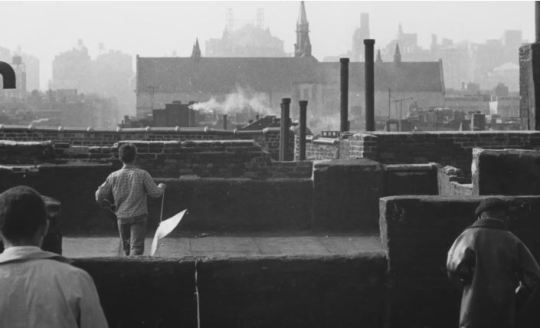

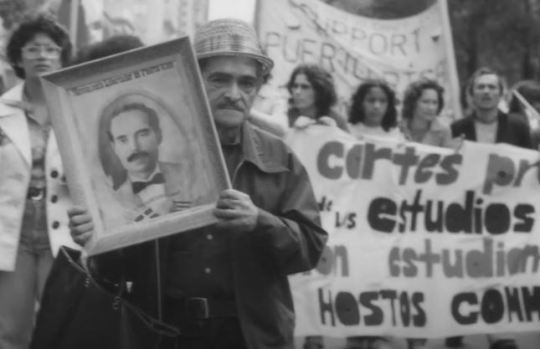
archival footage from Takeover: How We Occupied a Hospital and Changed Public Health Care (2021) by Emma Francis-Snyder
#young lords#dianna.moon#new york city#boriqua#juan gonzalez#black panthers#us history#screen stills#new york times
74 notes
·
View notes
Text
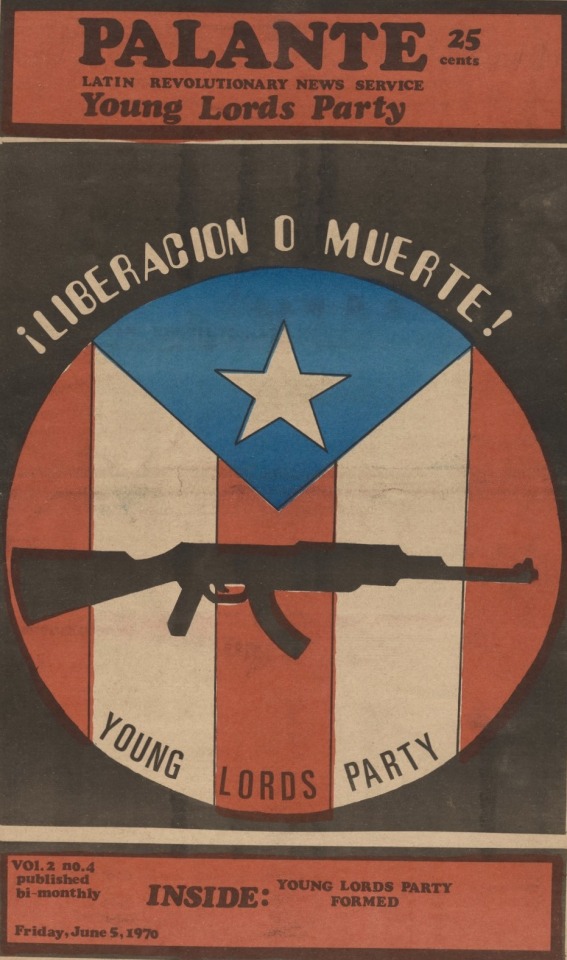
june 5 1970
liberación o muerte young lords party
newspaper
66 notes
·
View notes
Text

"Liberate Puerto Rico now! The Young Lords Party calls for a conference of all Puerto Rican students at Columbia University"
1970 poster.
“We’re living on the lands we’ve lived on for thousands… of years and yet we’re being used. We’re slaves. We’re being exploited and we don’t have any control over our lands and say-so in our own lives. We’re like political prisoners, and we have to turn that around."
A related 1970 film on the conference via mediaburn.org:
vimeo
[Young Lords Party: Puerto Rican Student Conference at Columbia University] - Media Burn Archive
5 notes
·
View notes
Photo


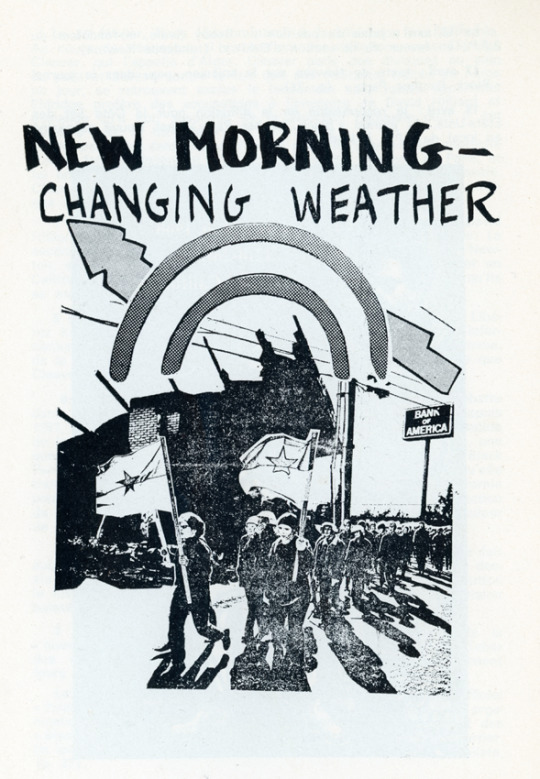
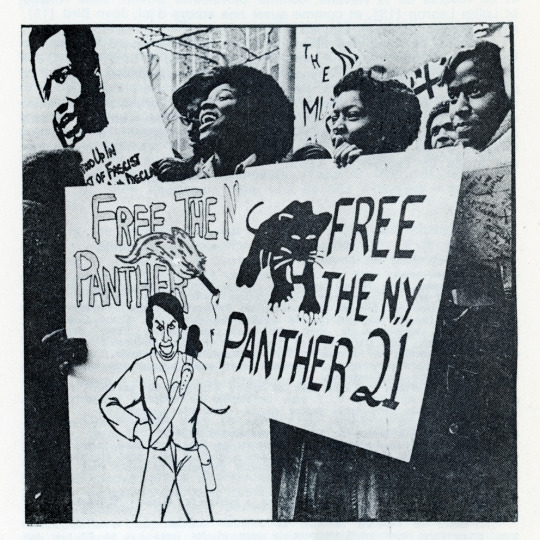

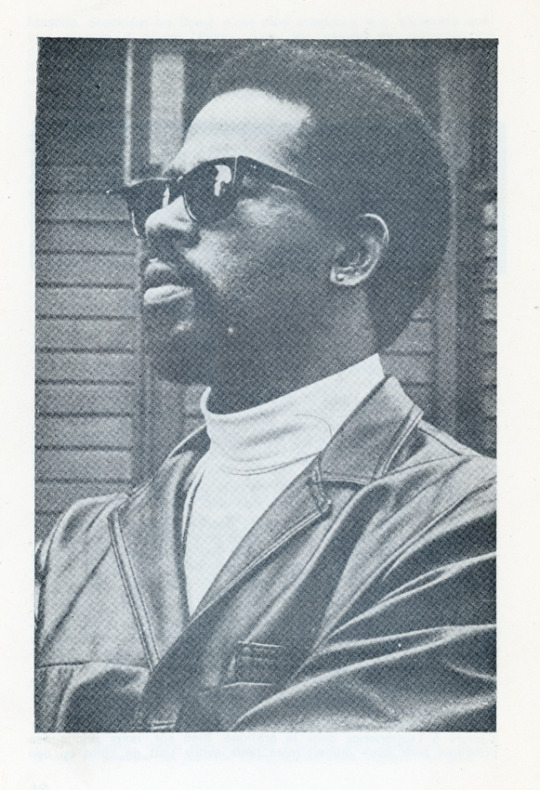


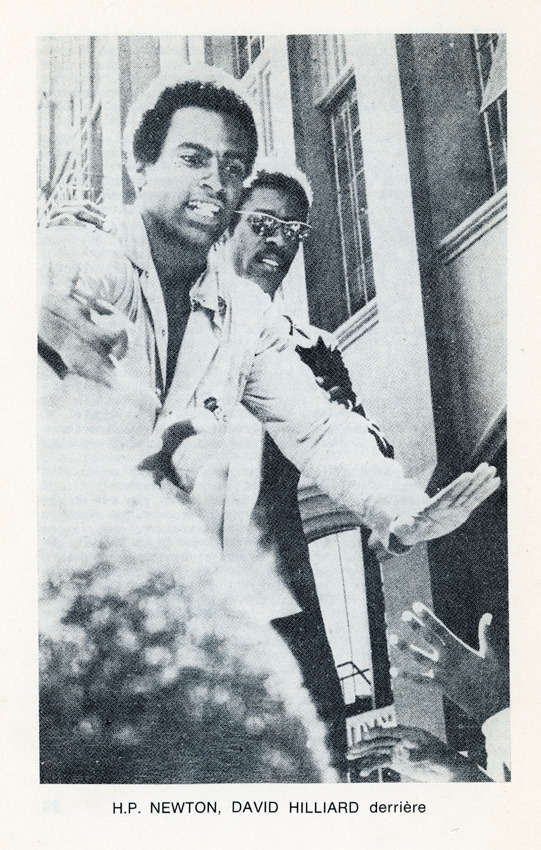

Sur la scission du Black Panthers Party
Opuscule francais de 1971, éditions Git-le-Cœur
38 pages que je tiens à disposition en HD, me contacter
#black panther#black panther party#editions git le cœur#eldridge cleaver#lil bobby hutton#bernardine dohrn#weathermen#young lords#right on#puerto rico libre#huey p. newton#david hilliard#1971#sur la scission du black panther party#archives de baldo#emory douglas
27 notes
·
View notes
Text

#Denise Oliver Velez#1971#black panther#activist#civil right activist#professor of anthropology#professor#young lords#ylp#denise#black#70s#afro look
12 notes
·
View notes
Text
Chicago Community Mobilizes in Solidarity with Dexter Reed
Photo: Holding a sign of her brother, Porscha Banks, the sister of Dexter Reed, faces off against Chicago police outside of the Harrison District (11th) station on April 9, 2024. | Armando L. Sanchez/Chicago Tribune
By Chicago New Era Young Lords Ministry of Education
CHICAGO – On March 21, 2024, Dexter Reed was approached by a tactical team of plain clothed officers. In a brief interaction,…

View On WordPress
0 notes
Text
for context: I read the hobbit first over the course of two years when I was like 13, but I'm only now starting to read lotr. having a blast tho!
anyways, reblog if you feel like it 🙌🏻
#lord of the rings#the hobbit#lotr#hobbit#yeah guys idk i just feel like most people read it really young#but jolkein is really wordy and idk how y'all got through that at 8 yo#my attention span could neverrrrrr#obviously not as wordy as like. les mis. but you know what i mean.#lots and lots of context all the time. love that for his worldbuilding not so much for my hold on the plot#and yes i have watched the movies#i didn't completely miss the cultural zeitgeist#yay first time making a poll! if you vote or read my tags this far you are a gem 🫶🏻#edit: i realize i spelled tolkien wrong. i feel like this proves my point#but also i feel like thats something you spell with your heart and not your mind
5K notes
·
View notes
Text
Was gonna clean my closet today, however my contacts have informed me that I will soon be holding guardianship of a newborn kitten. As such all plans have been put on hold as I prepare for the arrival of my new heir.
Ive already put a nametag order in at the engravers and have been scouring the internet for "toddler-size sofa" for the better part of three hours now
#I've received ONE shitty out of focus photo and am already enamored with the young lord#He will become a fine leader for the syndicate
3K notes
·
View notes
Text
introductory excerpts on the rainbow coalition:
The Rainbow Coalition was an antiracist, anticlass[1] multicultural movement founded April 4, 1969 in Chicago, Illinois by Fred Hampton of the Black Panther Party, along with William "Preacherman" Fesperman of the Young Patriots Organization and José Cha Cha Jiménez, founder of the Young Lords. It was the first of several 20th century black-led organizations to use the "rainbow coalition" concept.[2]
...
The Rainbow Coalition soon included various radical socialist community groups like the Lincoln Park Poor People's Coalition,[3] later, the coalition was joined nationwide by the Students for a Democratic Society ("SDS"), the Brown Berets, the American Indian Movement and the Red Guard Party. In April 1969, Hampton called several press conferences to announce that this "Rainbow Coalition" had formed. Some of the things the coalition engaged in joint action against were poverty, corruption, racism, police brutality, and substandard housing.[4] The participating groups supported each other at protests, strikes, and demonstrations where they had a common cause.[5][6]
The coalition later included many other local groups like Rising Up Angry, and Mothers and Others. The Coalition also brokered treaties to end crime and gang violence. Hampton, Jimenez and their colleagues believed that the Richard J. Daley Democratic Party machine in Chicago used gang wars to consolidate their own political positions by gaining funding for law enforcement and dramatizing crime rather than underlying social issues.[citation needed][7]
The coalition eventually collapsed under duress from constant harassment by local and federal law enforcement, including the murder of Hampton.[6]
...
The phrase "rainbow coalition" was co-opted over the years by Reverend Jesse Jackson, who eventually appropriated the name in forming his own, more moderate coalition, Rainbow/PUSH. Some scholars, including Peniel Joseph, assert that the original rainbow coalition concept was a prerequisite for the multicultural coalition that Barack Obama built his political career upon.[11]
The Rainbow Coalition youth—made up of Panthers, Young Lords, and Young Patriots—also launched free breakfast programs that were supported by donations from community businesses and ran free daycare centers for neighborhood children. Several operations were upheld by the women of the Black Panthers and women’s focus groups like the Young Lordettes and Mothers and Others (MAO). The federal government institutionalized the School Breakfast Program in 1975.
“We’re gonna fight fire with water. We’re gonna fight racism not with racism, but with solidarity. We’re not gonna fight capitalism with Black capitalism, but with socialism… We’re gonna fight with all of us people getting together and having an international proletariat revolution,” Hampton was recorded saying.
...
In public appearances, the Rainbow Coalition was backed by community residents and Black and brown street gangs—but they also had the support of unions, Independent Precinct Organizations, college students and activists who supported the movement through Students for a Democratic Society (SDS), Rising Up Angry, and countless other organizations. Their allies included Concerned Citizens of Lincoln Park, the West Town Concerned Citizens Coalition, the Northside Cooperative Ministry, Neighborhood Commons Organization, and Voice of the People.
“It was really based on common action,” said Mike Klonsky, a former Chicago leader of SDS (who, like Hampton and Cha-Cha, had a reward out for his arrest). “If there was a protest or a demonstration, the word would get out and we would all come to it and support each other. If somebody was arrested, we would all raise bail. If somebody was killed or shot by the police, we would all respond together.”
...
In December of 1969, the FBI conducted an overnight raid on Hampton’s apartment with intelligence provided by an infiltrator. He had just been named spokesperson of the national Black Panther Party. A barrage of police bullets struck him in his sleep as he lay beside his pregnant fiance, Akua Njeri, who survived. Another occupant, Black Panther security chief Mark Clark, was also killed.
Distraught members of the Coalition unofficially disbanded, and a handful of the leadership went underground after Hampton’s assassination, fearing for their own safety. Thousands of people lined up to witness the open crime scene, while lawyers from the People’s Law Office disputed the later-disproved official police account, which had falsely claimed a heavy firefight on both sides. Having assassinated its most vocal leader, the Feds had effectively crushed the 1960s’ most promising push for united, cohesive social resistance in Chicago.
#reaux speaks#history#rainbow coalition#bipoc#resources#socialism#community#black power#black panther party#young lords#anti capitalism#chicano#indigenous#communism#wikipedia
28 notes
·
View notes
Text

Young dwarf Thorin
#I reject the way the movies changed Thorin's backstory#sorry PJ I hate what you did there#This is supposed to be post war of the dwarves and orcs by not too much time#Maybe a few years after Thráin brings Durin's Folk to Ered Luin#Since you know... Thorin didn't become king until after Thráin went on his quest for Erebor#anyways here are some tags#thorin oakenshield#thorin#the hobbit thorin#the hobbit#tolkien#my art#dwarves#lotr#the lord of the rings#durin's folk#lord of the rings#longbeards#young thorin oakenshield#mr.kida talks#in the tags at least#dwarves with shitty beards
3K notes
·
View notes
Text
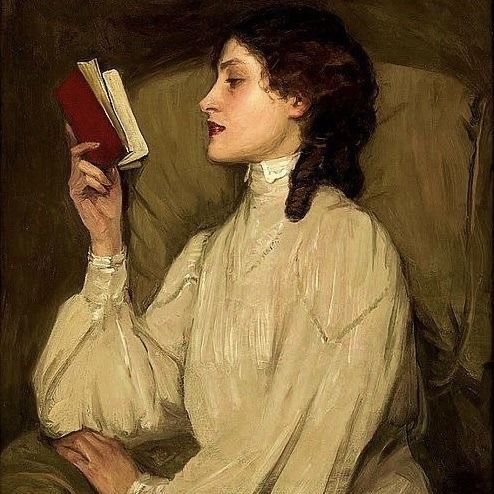
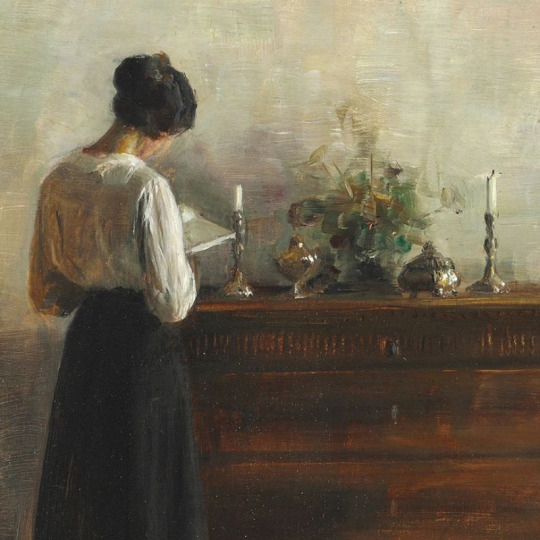



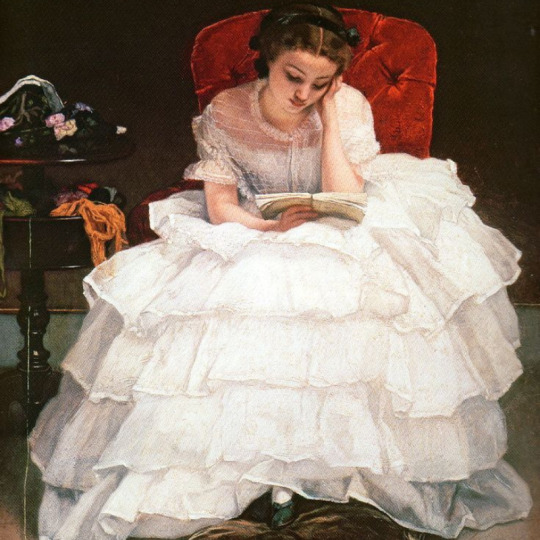
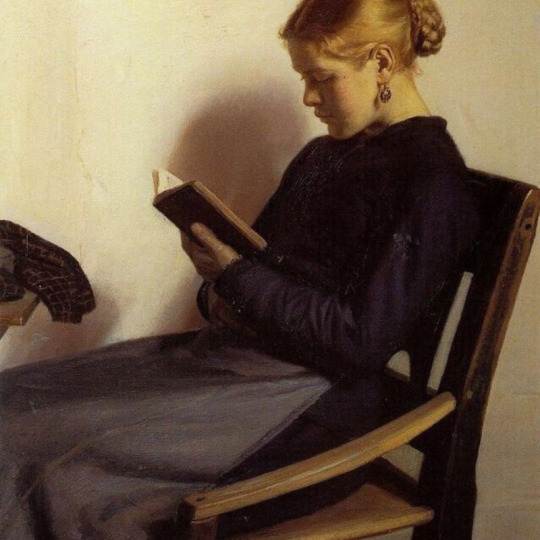
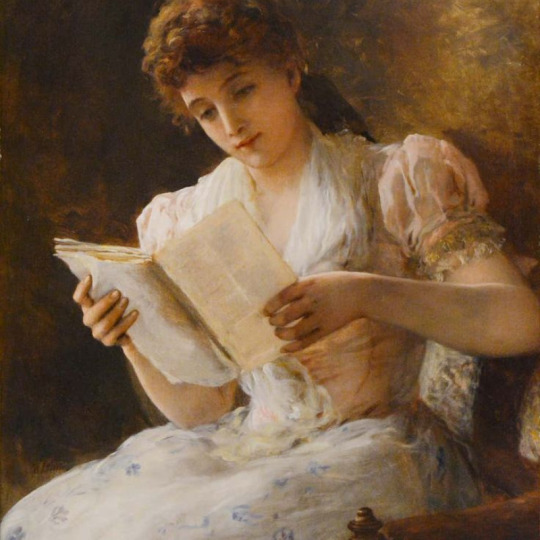
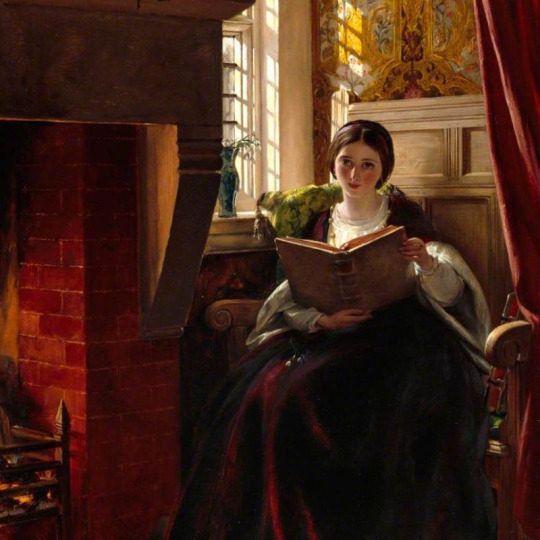




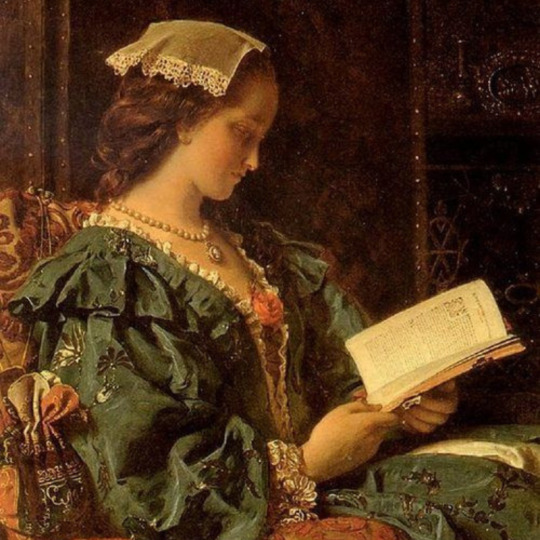

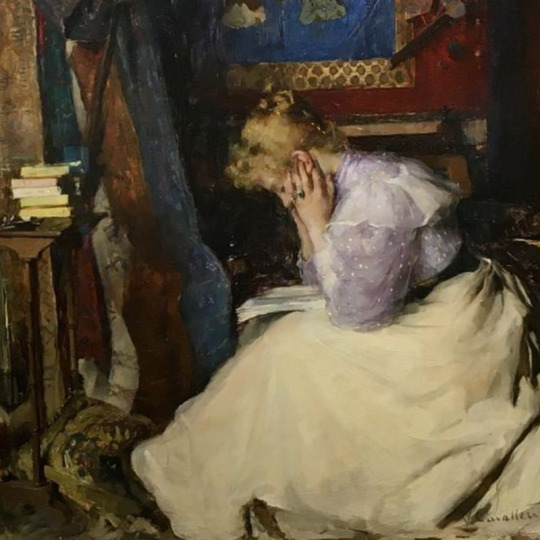


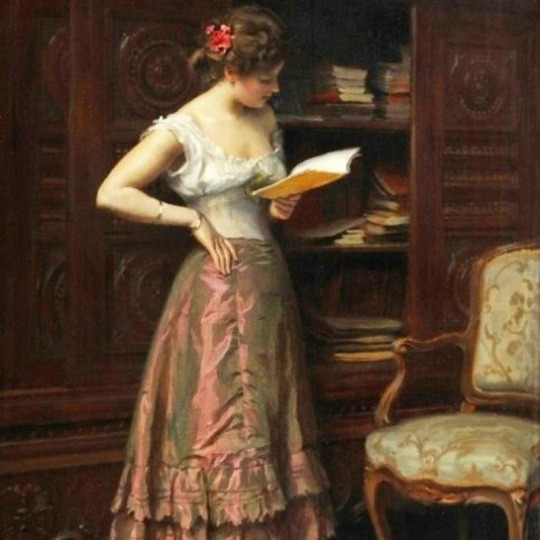





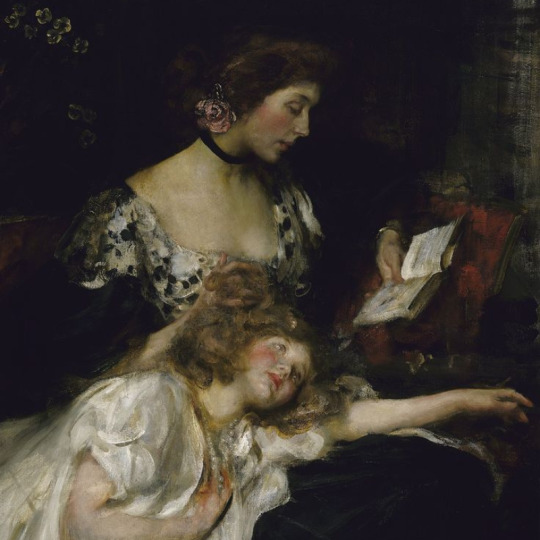
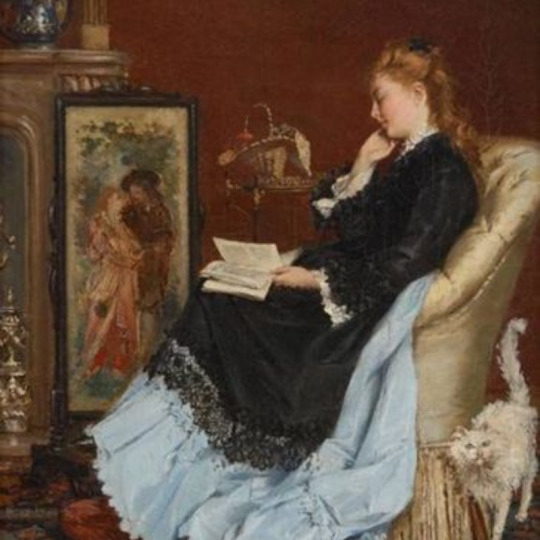


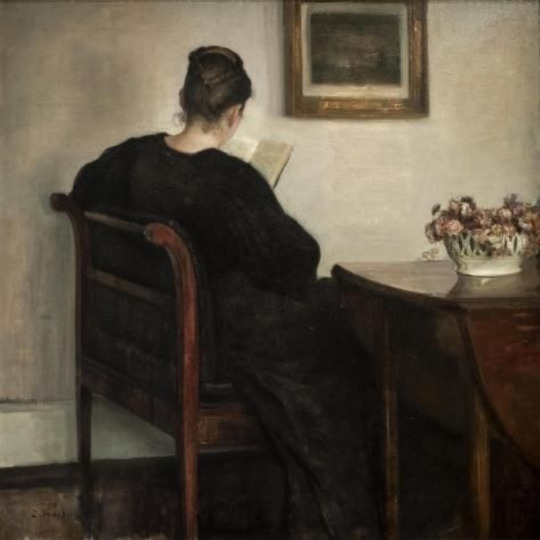
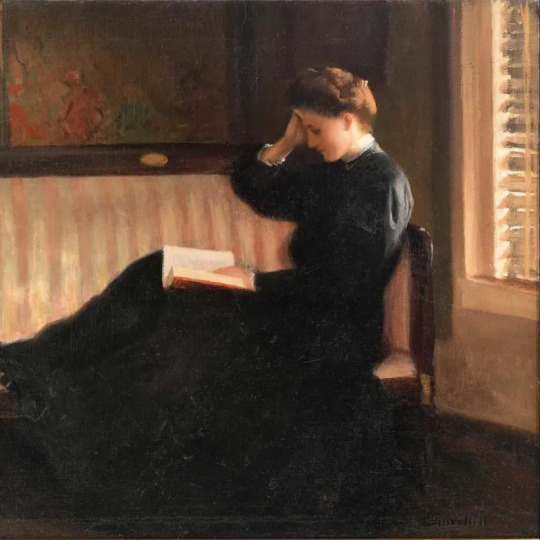
reading + art
#sir john lavery's “miss aura's the red book”#cant find artist or painting name#artist is willard leroy#artist is frederick morgan#the maid with golden hair by frederic lord leighton#girl reading by alfred emile stevens#young girl reading by michael peter ancher#woman reading book by william oliver#a pleasant corner by john callcott horsley#woman reading by jacques-emile blanche#in the orangery by charles edward perugini#artist is joseph duran#girl with pigtails by samuel henry willam llewllyn#the love tale by francis john wyburd#lady sirling maxwell by james guthrie#artist is roma ribera#a lady reading a book by albert chevallier tayler#artist is wilfred gabriel de glehn#woman reading standing by frederic dufaux#artist is jules-adolphe goupil#view reading by charles james#cant find artist or painting#young girl reading by jean-honore fragonard#artist is christian valdemar clausen#mother and child by james jebusa shannon#artist is albert roosenboom#lady with a book in a garden by frantisek dvorak#aften by carl vilhelm holsoe#reading woman by carl holsoe#woman reading on a sette by william w churchill
2K notes
·
View notes
Text


DOOMED detected, and caught
so my roommate started playing Doom Eternal this week, and do you remember how Raphael has that room with portals to different realms?
#doom music starts playing#for everyone expecting a serious young gort comic from me im sorry#but also why#anyway yeah shenanigans#doom guy would fold raphael like a fucking towel#bg3 raphael#bg3#baldur's gate 3#bg3 gortash#enver gortash#lord enver gortash#doom guy#doom slayer#doom
2K notes
·
View notes
Text
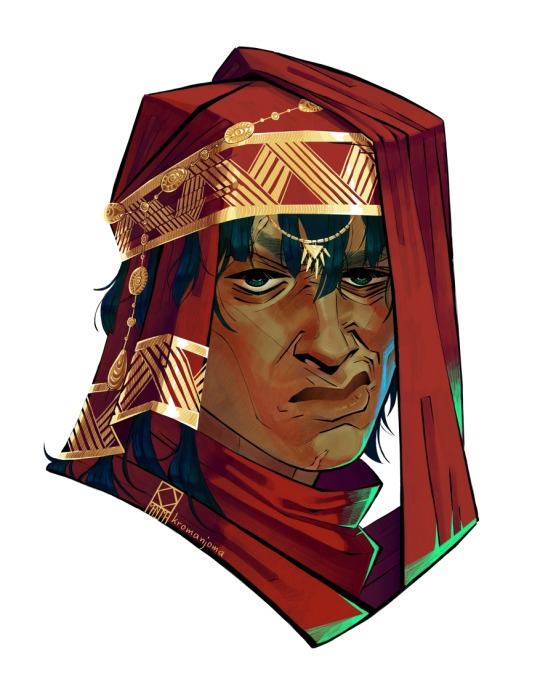

Younger merchant Gortash when you come to trade him rotten tomatoes for a dagger
#lord enver gortash#enver gortash#gortash#bg3#younger gortash#young gortash#pregame gortash#pretadpole gortash
888 notes
·
View notes
Text


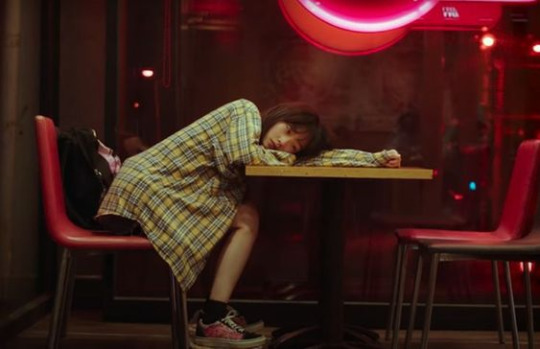








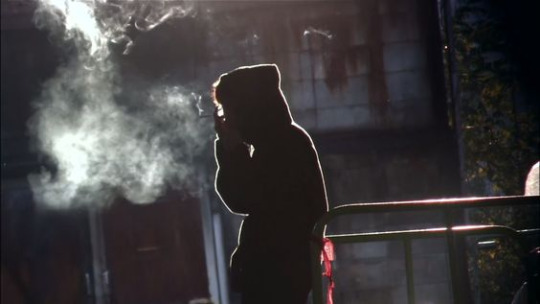
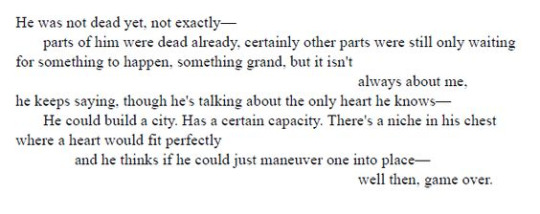
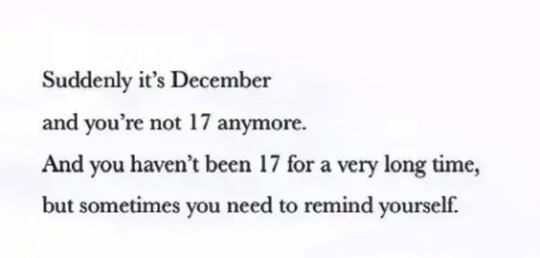

HOW DID I GO FROM GROWING UP TO BREAKING DOWN? // ON GROWING UP
Mother Mother Mamma Told Me // unknown // 어른들은 몰라요 Young Adult Matters (2021) dir. Hwan Lee // Kristin Chang Churching // unknown // Salman Rushdie East, West // Lorde Ribs // Cameron Awkward-Rich The Child Formerly Known As _____ // Lorde // unknown // Leanna Firestone Least Favorite Only Child // リリイ・シュシュのすべて All About Lily Chou-Chou (2001) dir. Shunji Iwai // Richard Siken Crush // unknown // Hala Alyan I'm Not Speaking First
#mix of sad quotes bc i'm sad lol#web weave#web weaving#poetry compilation#poetry#spilled thoughts#spilled ink#dark academia#dark academia poetry#poem#writing#words#spilled poetry#dark academia quote#mother mother#young adult matters#kristin chang#salman rushdie#lorde#cameron awkward rich#leanna firestone#all about lily chou chou#richard siken#hala alyan#kdrama#jdrama#spilled words#spilled writing#text#quote
1K notes
·
View notes